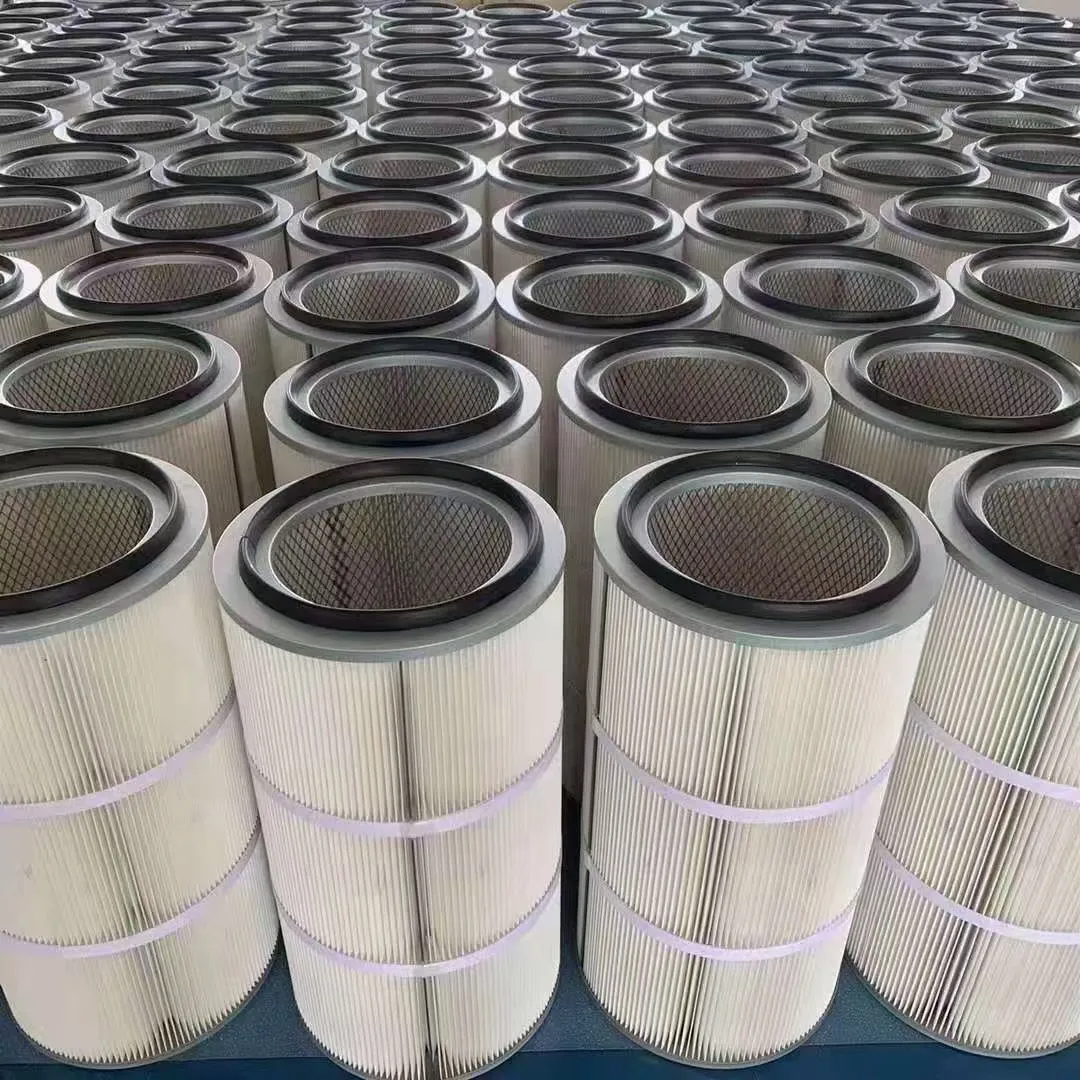 Tel:
+8615930870079
Tel:
+8615930870079
Aug . 11, 2024 07:50 Back to list
Compact HEPA Filter Cartridge for Enhanced Air Quality in Small Spaces and Vehicles
Understanding Small HEPA Filter Cartridges Importance and Applications
In today's world, maintaining good air quality is more crucial than ever. As contaminants and pollutants in the air continue to pose health risks, individuals and industries alike are turning to advanced filtration solutions to ensure cleaner air. Among these solutions, small HEPA filter cartridges have emerged as a popular choice due to their effectiveness in trapping airborne particles. This article delves into the definition, functionality, and applications of small HEPA filter cartridges.
What is a HEPA Filter?
HEPA stands for High-Efficiency Particulate Air. HEPA filters are designed to trap a minimum of 99.97% of particles that are 0.3 microns in diameter. This makes them highly efficient in filtering out dust, pollen, mold spores, pet dander, and even some bacteria and viruses. HEPA technology originated in the 1940s, primarily for nuclear research, and has since evolved to meet the increasing need for clean air in various environments.
Features of Small HEPA Filter Cartridges
Small HEPA filter cartridges are compact, efficient filtration solutions that meet the HEPA standards while being designed to fit into smaller appliances or equipment. These filters utilize a web of randomly arranged fibers, often composed of fiberglass or synthetic materials, to create a dense barrier that captures airborne particles. The design of these cartridges enables high airflow resistance, ensuring that the air passes through the filter efficiently while maximizing particle capture.
One of the primary advantages of small HEPA filter cartridges is their versatility. They can be found in a range of applications, from home air purifiers and vacuum cleaners to automotive cabin filters and industrial air filtration systems. Their compact size allows them to be easily integrated into various devices without significantly increasing the footprint.
Applications of Small HEPA Filter Cartridges
small hepa filter cartridge

1. Home Air Purifiers Consumers are increasingly investing in home air purifiers equipped with small HEPA filter cartridges. These devices significantly reduce indoor pollution by trapping allergens and particulate matter, contributing to a healthier living environment. This is particularly beneficial for individuals suffering from allergies or respiratory conditions.
2. Automotive Filtration Small HEPA filter cartridges are also utilized in cars to improve air quality inside the vehicle. These filters help capture dust, pollen, and other potential allergens, creating a cleaner and more comfortable atmosphere for passengers.
3. Industrial Settings In industries where air quality is paramount, such as pharmaceuticals, electronics manufacturing, and food processing, small HEPA filter cartridges are employed to maintain the strict cleanliness standards required. These filters help protect sensitive equipment and ensure that products are not contaminated.
4. Healthcare Facilities Hospitals and clinics use small HEPA filter cartridges in ventilation systems to minimize the transmission of airborne pathogens. This is vital in controlling the spread of infections, particularly in areas with high foot traffic or where vulnerable patients are treated.
5. HVAC Systems Many HVAC systems incorporate small HEPA filter cartridges to enhance indoor air quality. By filtering out dust and other pollutants, these systems deliver clean air throughout commercial and residential buildings.
Conclusion
Small HEPA filter cartridges play a significant role in safeguarding health by improving air quality in various settings. Their ability to effectively trap a wide range of airborne particles makes them an invaluable asset in home, automotive, industrial, and healthcare applications. As awareness of air quality issues continues to rise, the demand for effective filtration solutions such as small HEPA filters will likely increase, driving innovation and advancements in air purification technologies. Investing in devices that utilize these cartridges not only promotes a healthier environment but also contributes to overall well-being.
-
Types and Applications of Air Filtration CartridgesNewsJul.28,2025
-
The Role of Gas Turbine FiltersNewsJul.28,2025
-
Mastering Air Filter Cartridge UseNewsJul.28,2025
-
Advanced Turbine Filters for Modern Gas TurbinesNewsJul.28,2025
-
Cellulose Air Filter Cartridge Advantages in Dust FiltrationNewsJul.28,2025
-
Cellulose Filters for Air Particle ReductionNewsJul.28,2025

 Email:
Email:





